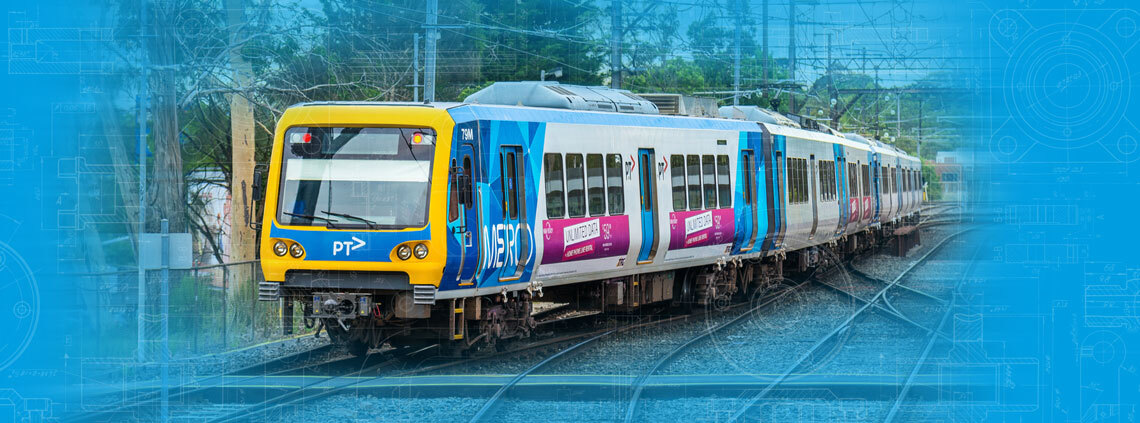Arc Flash Risk Assessment for Transgrid Substations
Client Background and Problem Statement
Transgrid, a leading energy provider managing a vast network of substations, sought assistance in addressing arc flash hazards present in their low voltage distribution boards connected to the step-down transformers.Recognising that many of their substations carried an elevated risk due to high incident energy (I.E) levels, Transgrid engaged RelyOn Australia to conduct a preliminary arc flash risk assessment to identify the highest risk substations, and develop comprehensive risk mitigation plans.Given the scale of Transgrid’s operations and the inherent safety risks of arc flash incidents, effective and practical risk mitigation strategies were essential.
Scope of Work
The project aimed to evaluate and manage arc flash risks across Transgrid’s substations using the IEE1584 standard for arc flash calculation. RelyOn Australia undertook the following tasks:
Arc Flash Calculations: Conducted incident energy calculations based on IEEE 1584 to assess potential arc flash hazards across different substations.
Risk Assessment by Substation: Identified substations with the highest I.E. values to prioritise mitigation measures.
Risk Mitigation Recommendations: Provided tailored mitigation strategies, including engineering controls, procedural controls, and recommended arc-rated Personal Protective Equipment (PPE) for different risk levels.
Implementation Guidance: Suggested practical procedures for integrating these mitigation measures across substations, ensuring operational feasibility and safety compliance.
Key Deliveries
RelyOn Australia provided the following:
Arc Flash Risk Assessment Report: This detailed report included arc flash risk levels for each substation, categorised based on calculated incident energy and potential exposure risks.
Control Measures and Risk Mitigation Plans: Recommended specific control measures based on each substation’s risk profile, covering aspects such as remote operation, insulation upgrades, optical detection for faster arc flash clearing times, and the use of arc flash blankets for high-risk sites.
Hierarchy of Controls Implementation Plan: A structured plan that prioritised safety measures using a hierarchy of controls to ensure that the most effective controls were adopted where feasible.
Procedures for Field Adoption: Developed clear and actionable procedures to support field personnel in implementing and adhering to new arc flash safety measures effectively.
Results and Benefits
Improved Safety: The risk assessment and tailored mitigation strategies significantly improved the safety profile of Transgrid’s substations, particularly at high-risk sites, by reducing the potential impact of arc flash incidents.
Compliance and Standardisation: Transgrid’s LV DBs were now managed in line with IEEE 1584, ensuring compliance with industry standards and fostering a consistent safety approach across multiple sites.
Operational Efficiency: Through remote operation recommendations and advanced detection systems, RelyOn’s solutions minimised the need for direct interaction with high-risk equipment, improving overall efficiency and reducing operational downtime.
Enhanced Safety Culture: By providing field staff with training and clearly defined procedures, the project promoted a proactive safety culture within Transgrid’s operations.
How We Can Help You
Full-Service Arc Flash Consultation: From initial studies to training and ongoing compliance.
Regulatory Guidance: Stay aligned with local and national standards, including Victoria’s Bluebook and ESV guidelines.
Site-Specific Solutions: Customised approach for unique operational challenges and risk profiles.
Long-Term Partnerships: Ongoing support to maintain up-to-date compliance and safety best practices.
Project Details
Client: Transgrid
Location: Multiple Substations Across New South Wales, Australia
Industry: Electricity Generation Industry
Date of Completion: August 2023
Prepared By: RelyOn Australia





